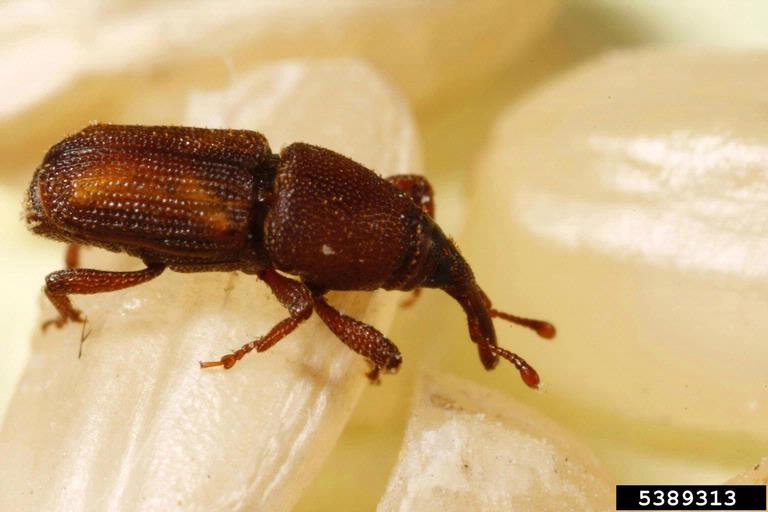Image credit: Joseph Berger, Bugwood.org
Pest control in a manufacturing facility is of critical importance. No business owner or facility manager wants their product heading out to customers full of unwanted ingredients. You can’t ignore the risks of pests in manufacturing, but proper pest management is also a delicate process. Take food production, where you must follow strict safety regulations, and where the wrong chemicals or treatments could endanger the product.
Because of the high stakes and the chance for repeat offenders, make proper pest control a regular activity. An integrated pest management (IPM) strategy can accomplish pest control safely and successfully. IPM is more than just the use of chemical controls. It’s a holistic approach to pest control, addressing the initial causes of infestation and the multiple factors that support an effective outcome.
A Plan of Attack for Facility Owners and Managers
There are steps that you can take as part of your IPM program.
Inspection: Regular inspections are the foundation of successful IPM. Food processors commonly conduct weekly or bimonthly inspections. Focus on areas likely to attract pests—storage areas, break rooms, loading docks and others—to identify and address potential entry points or sources for food or water.
Prevention: Scheduled inspections can help you focus on problem areas and identify preventative steps you can take to avoid attracting pests in the first place. Find and repair potential entry points in the building, maintain optimal cleanliness, and ask employees to report pest issues immediately.
Identification and Treatment: Each species of pest has its own behaviors and tendencies. If you understand which pests are a problem for your facility, you can target the strategies best suited for their prevention. A well-trained pest professional can help your business identify specific pests and put the most appropriate and efficient treatment plan to work.
Monitoring: Proper pest management calls for regular facility monitoring for pest activity. Changes to your work process or workspaces could require adaptations to your IPM. Employees can help you identify any infestations or problem areas that arise. Your pest prevention professional can keep a close eye on your facility with regular visits, and provide you with thorough records and documentation for audits and regulatory compliance.
Our pest professionals employ their thorough, ongoing training at every property, working closely with you to identify problems and offer solutions. We’ve worked with small businesses and Fortune 500 companies on multiple pest issues, including rodents, pigeons, cockroaches and others. Contact us today to start your facility on an effective IPM program.

